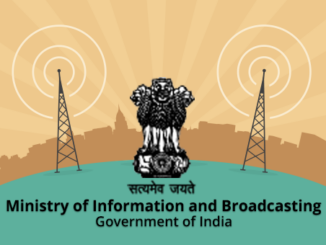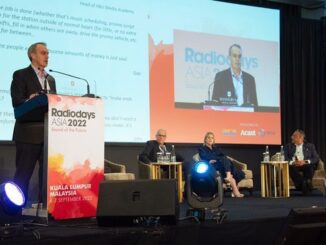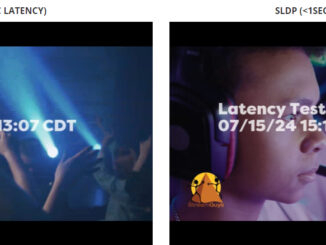
India: MIB invites agencies to conduct FM Radio Phase-III e-auctions
On behalf of the President of India, the Ministry of Information & Broadcasting (MIB) has announced an invitation for proposals to select an agency for conducting the e-auction of private FM channels as part of FM Radio Phase-III.Eligible entities include companies registered under the Companies Act of 1956/2013, foreign companies with a registered office in India, or consortia of such companies. The selected agency will oversee the allocation of FM radio frequencies according to the MIB’s guidelines.Detailed information on the application procedures is available on the official MIB website and the Government’s e-procurement portal. The RFP, including the scope of work and eligibility criteria, can be accessed at [MIB’s website](http://www.mib.gov.in ) and [CPPP Portal](https://eprocure.gov.in/eprocure/app ).
The deadline for bid submissions is 17 September 2024. Bidders must register on the e-tender portal and submit their proposals online, accompanied by a non-refundable application fee of Rs 50,000 through the Bharatkosh Portal.Eligibility criteria for agencies include a minimum paid-up capital of Rs 25 million and a combined net worth of at least Rs 100 million.Phase III of this expansion aims to rejuvenate the FM radio sector by introducing more private players, enhancing regional representation, and broadening content offerings, from local news and cultural programming to diverse music genres. […]





